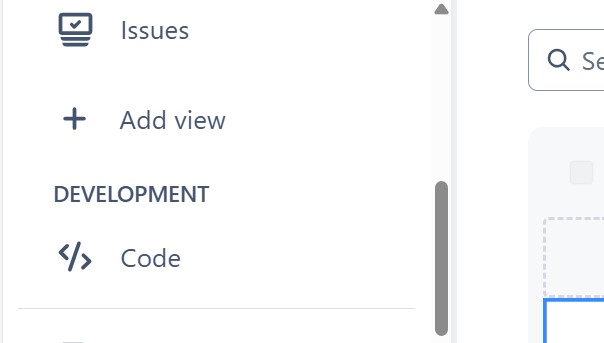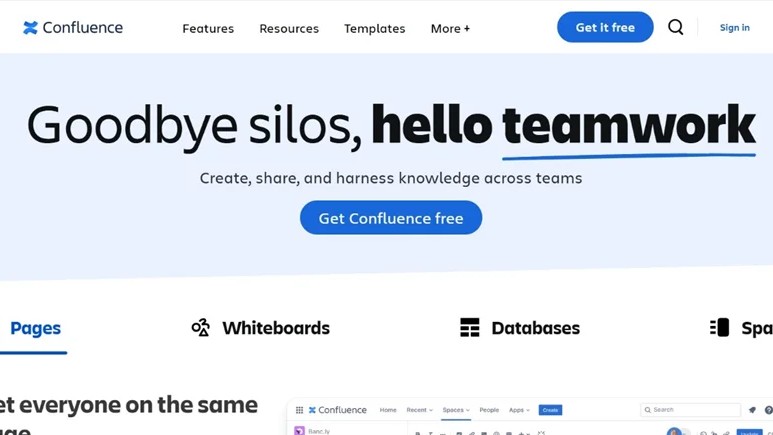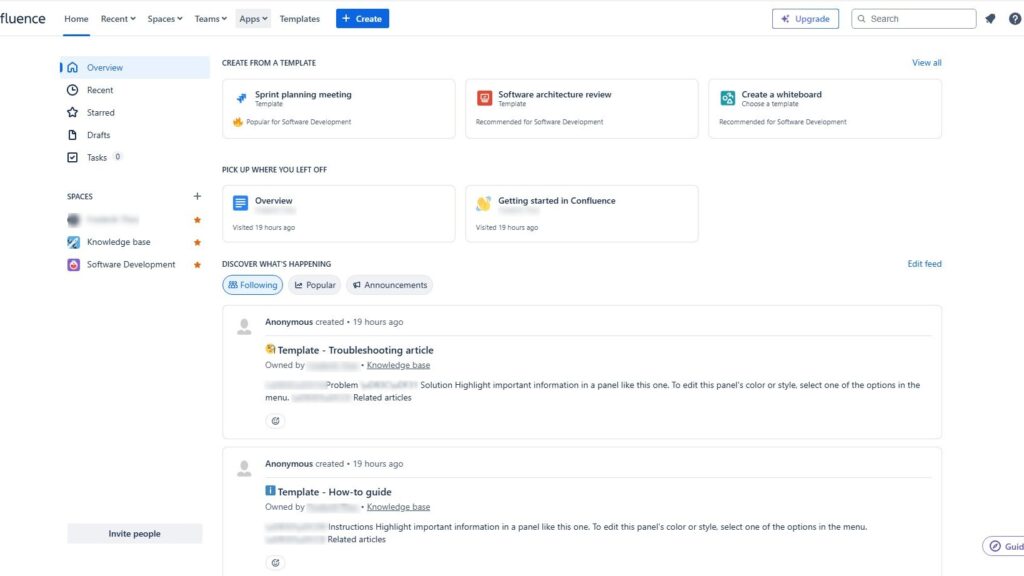Learning to create view in Jira can make managing your projects much easier and more efficient. By setting up custom views, you can focus on the tasks, issues, or workflows that matter most to your team. It helps you filter out distractions and gain clear visibility into project progress. In this step-by-step guide, I’ll show you how to create view in Jira and tailor your workspace to match your team’s unique workflow and priorities.
What is Jira
Jira is a robust project management and issue-tracking platform developed by Atlassian, widely used across software development, IT, and business domains. In requirements engineering, Jira plays a vital role in organizing, tracking, and validating requirements throughout the project lifecycle. It allows teams to document user stories, manage change requests, and ensure traceability from initial requirements to implementation. By providing full transparency, Jira helps stakeholders stay aligned and informed at every stage.
For IT business analysts, Jira is an indispensable tool for bridging the gap between business needs and technical execution. It enables analysts to capture requirements clearly, break them down into actionable tasks, and monitor their progress through visual boards and reports. Integrated with tools like Confluence, Jira supports detailed documentation, collaboration, and workflow automation. This makes it ideal for managing complex projects, ensuring clarity, and maintaining accountability within cross-functional teams.
Why Customize Views?
Custom views in Jira save time. They provide clarity and enhance productivity. With a custom view, you can see exactly what you need without distractions.
Step-by-Step Guide
Step 1: Access Your Project
First, I open Jira and navigate to my project. This is your starting point.
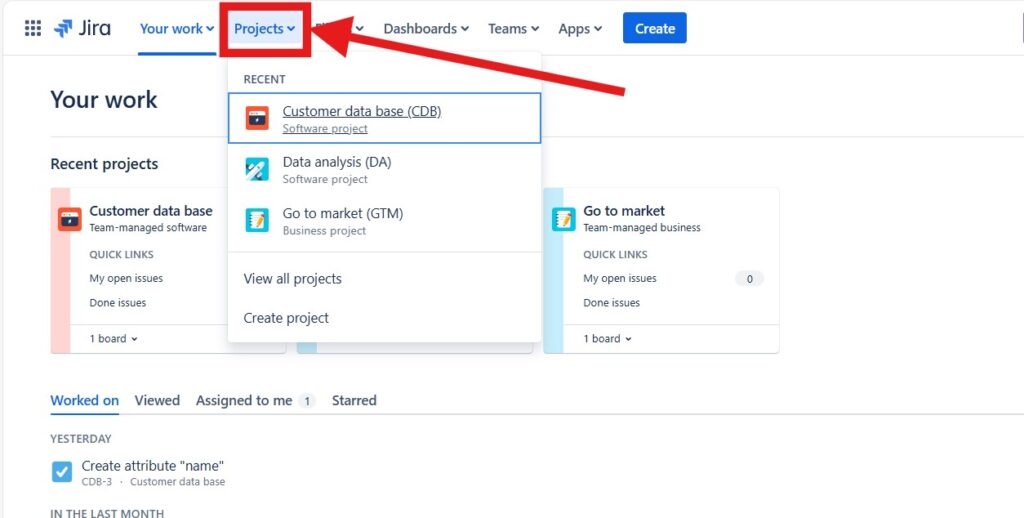
Step 2: Add view
On the left side of the “Planning” menu, I click “Add New”.

Step 3: Use the quick selection
I can now choose common views directly from a quick selection. The switches on the right side allow me to turn my views on or off.
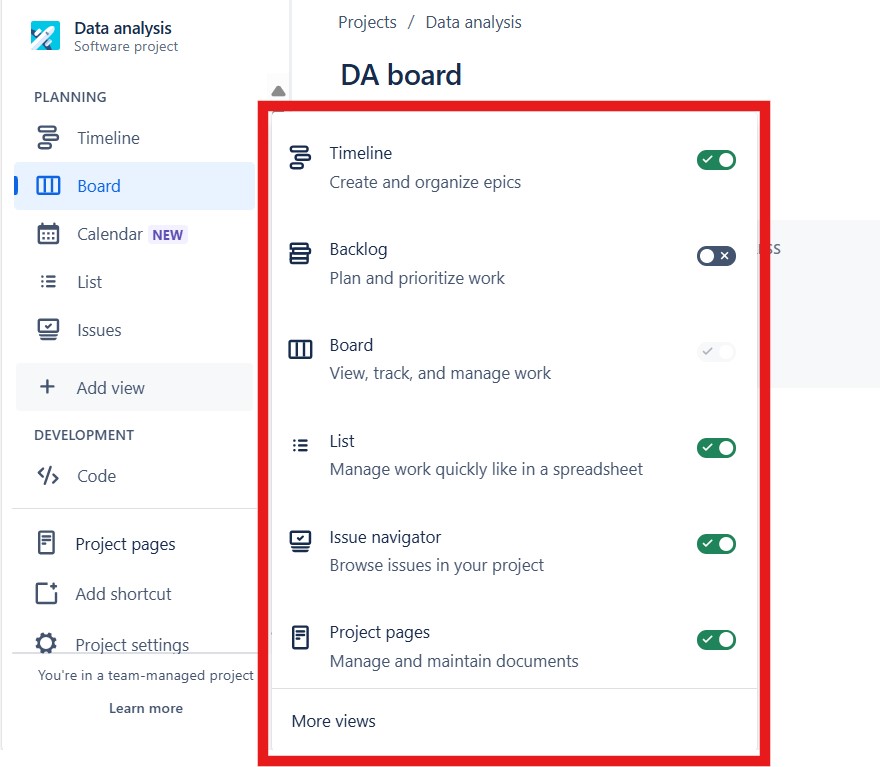
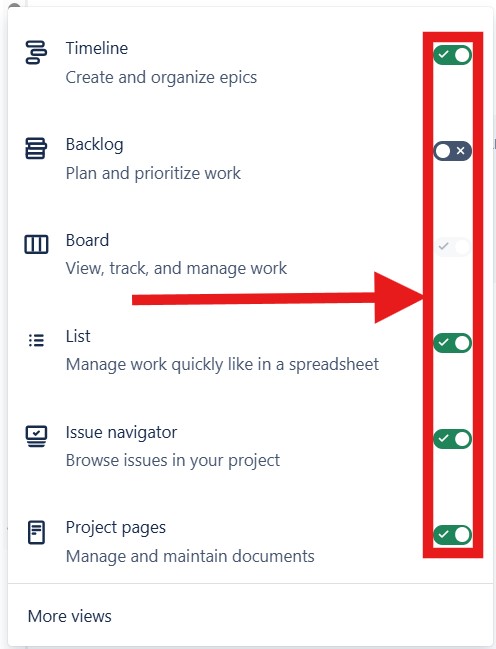
Step 4: Explore “More Views”
We won’t click directly on any of the quick selection options. Instead, we’ll click on “More Views.” This will take me to more options.

Step 5: Explore the features
Now I can choose from a wide range of options. Here you can see the wide variety of possibilities that Jira gives me.
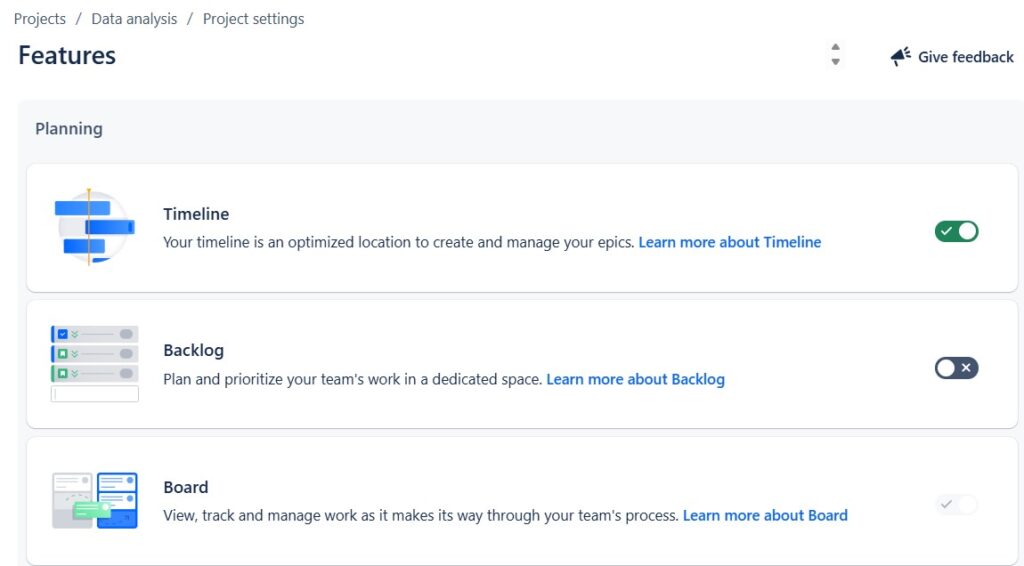
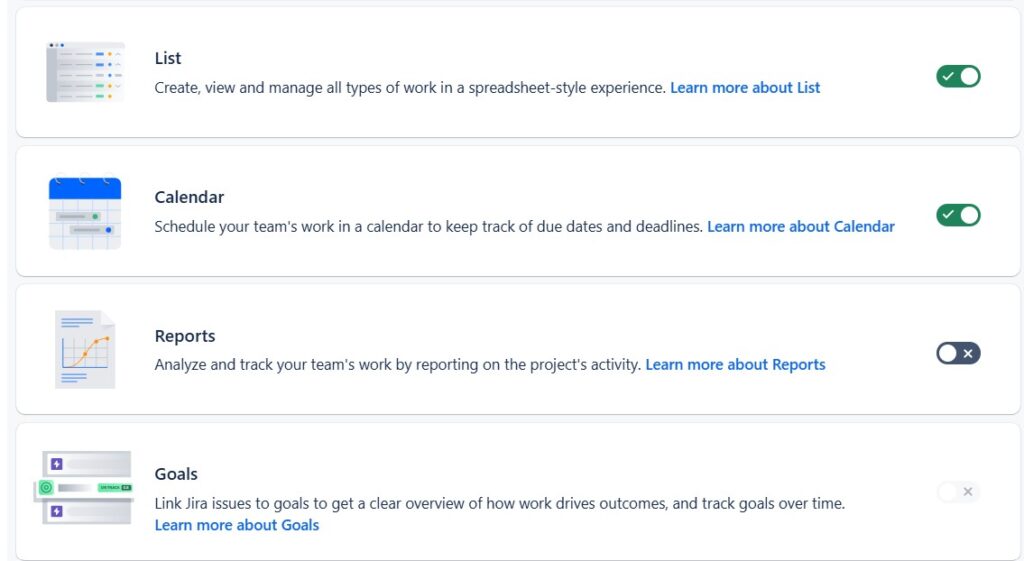
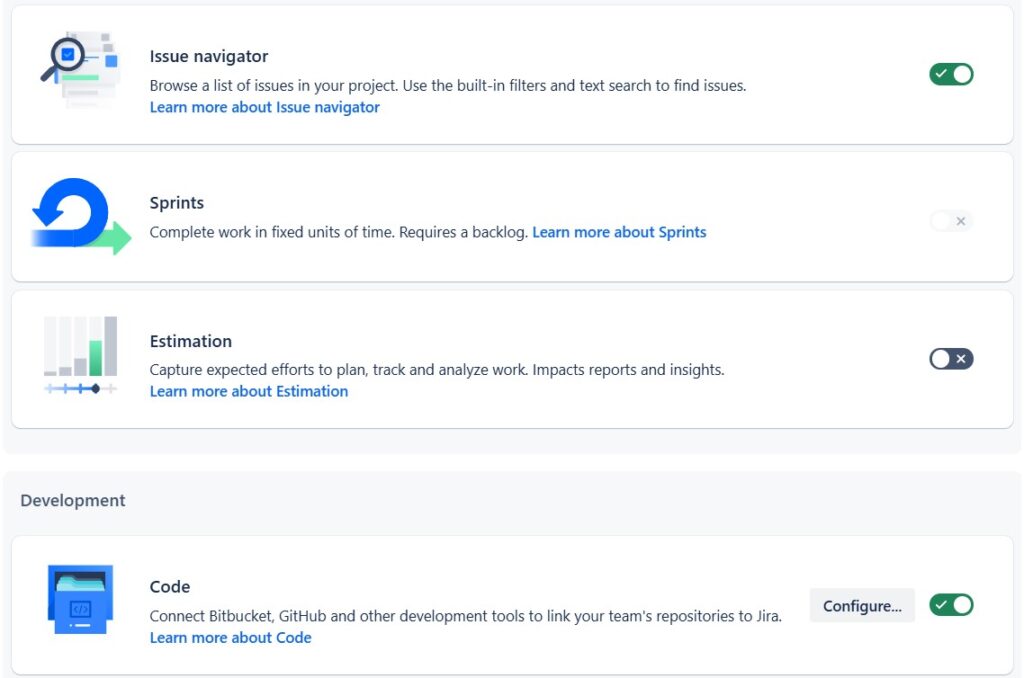

Step 6: Choose your features
On the right side I can select which features I want to integrate into my view. For now I choose “Backlog”.
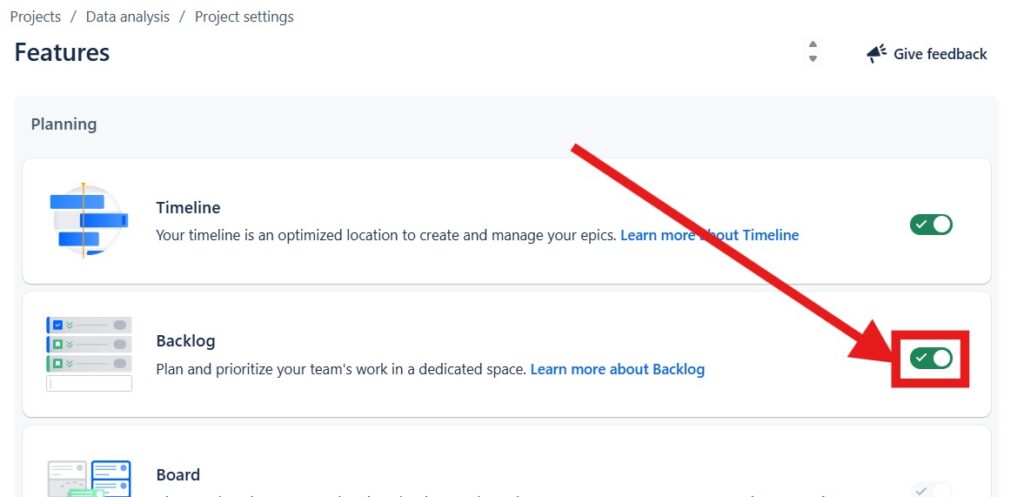
Step 7: Save and View Your New Board
You save by switching the slider from the previous step. If you click on “Back to Project” you will now see “Backlog” in your views menu.
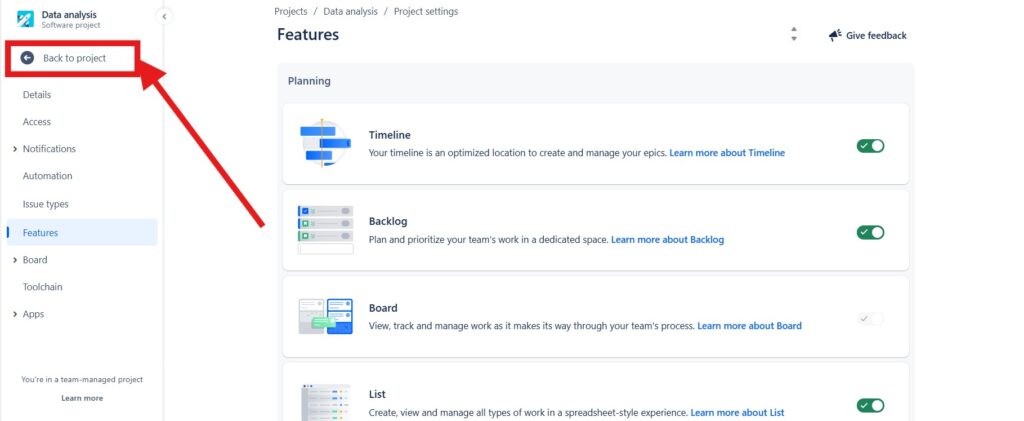
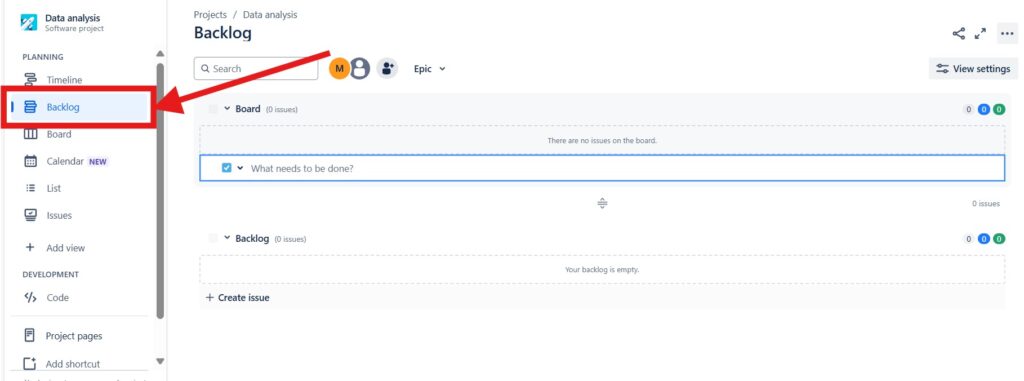
Tips for Effective Views
- Keep it Simple: Don’t overcomplicate your filters.
- Focus on Key Metrics: Use views to track important metrics.
- Regular Updates: Review and update your views regularly.
Conclusion
Custom views in Jira are a game-changer. They help me and you stay organized and efficient. Follow these steps to create a new view in your Jira project. Enjoy a more streamlined workflow today!
Feel free to use these steps and tips. Customize your views to match your workflow. Happy project managing!
What’s Next?!
Now that you understand how Jira supports requirements engineering and IT business analysis, it’s time to dive deeper into its core functionality. In my next article, Introduction to Issues in Jira, I’ll explain what issues are, how they work, and why they’re essential for effective project management. Discover how to create, categorize, and manage issues to keep your workflows organized and your projects on track.
| Read more about Confluence and How to |
|---|
| Use shortcuts in Confluence Assign a task in Confluence Create a Confluence space from a template Delete a Page in Confluence Create a Confluence page |


